Meeting of Mountain Platforms of the Alps, East Africa and the Andes: Connecting Biodiversity Conservation and Climate Change Adaptation
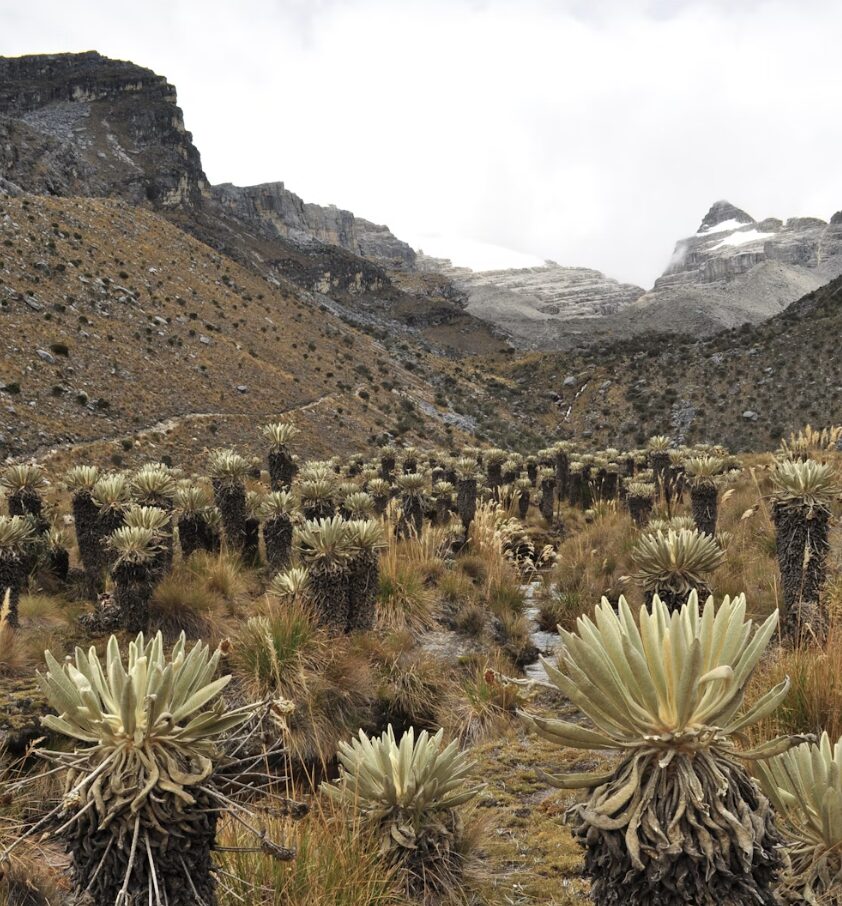
Introduction
From July 2 to 4, 2024, in Bogotá, Colombia, the Andean Mountain Initiative (AMI) promoted a series of workshops, together with representatives of the East African Community (EAC), the Alpine Convention, Mountain Partnership Secretariat, the United Nations Environment Programme (UNEP) and the Humboldt Institute. The objective was to strengthen and promote interregional exchange on key issues for sustainable management in the mountains, in view of the COP16 of the Convention on Biological Diversity (CBD) in 2024 in Cali, Colombia and the COP 30 of the United Nations Framework Convention on Climate Change (UNFCCC) in 2025 in Belem do Pará, Brazil.
The Bogotá meeting gives continuity to the interregional exchanges that since 2022 have been promoted by the mountain platforms and conventions, within the framework of the Adaptation at Altitude program.
In this second Mountains Connect Brief, we present the most outstanding aspects of the meeting in terms of the context, participants, the discussion generated on the close relationship between the preservation of biodiversity and the impacts of climate change on mountain ecosystems. We summarize the ideas and proposals that emerged from this workspace, directed at the construction of a joint road map in the positioning of the mountains, from the COP16 on Biodiversity of Cali 2024 to the COP30 on Climate Change of Belém do Pará 2025.
This article is an abridged version of the original text in the Mountains Connect Brief, which can be downloaded from the right-hand column. Please access the original text for more detail, research purposes, full references, or to quote text.
Methodology
The Ordinary Annual Meeting of the AMI member countries was held from July 2 to 4, 2024, in Bogotá, Colombia. Representatives of the member countries addressed different aspects such as governance, financial sustainability, knowledge management, cross-cutting approaches, and reviewed the main advances developed in the last management period.
This year, the meeting was marked by the continuation of efforts to strengthen interregional cooperation, a process that began in 2022. The Initiative has managed to connect with the mountain platforms of Europe such as the Alpine Convention and the Carpathian Convention. For this new meeting, the AMI, together with CONDESAN and UNEP (as members of the Adaptation at Altitude program), organized a series of workspaces designed to strengthen and promote effective regional exchange on multiple themes. Two mountain platforms joined these workspaces in Bogotá: the Alpine Convention and the East African Community, through its Sectoral Council on Environment and Natural Resources. UNEP and the Mountain Partnership Secretariat also participated in their capacity as observers of the AMI, and the Alexander von Humboldt Institute of Colombia attended as a guest.
East Africa and the Alps visit the Andes
In the mountains of East Africa, the Andes, the Himalayas and the Caucasus, the Adaptation at Altitude program, promoted by the Swiss Agency for Development and Cooperation (SDC), has been facilitating a series of interregional exchanges between the different partners led by UNEP. This has enabled representatives of the Andes, Alps, Carpathians, South Caucasus, East Africa and the Hindu Kush-Himalaya to expand opportunities for cooperation and collaborative action, mutually inspired by the diversity of processes and experiences of each region.
In the new opportunity offered by the Bogotá meeting, the platforms were joined by the East African Community (EAC). Although it is not a governance platform in mountains specifically, but rather a broad governance framework for political, social and economic cooperation between member countries, the EAC has established a regulatory and operational framework for the conservation and sustainable use of mountain ecosystems, with the support of the Adaptation at Altitude program.
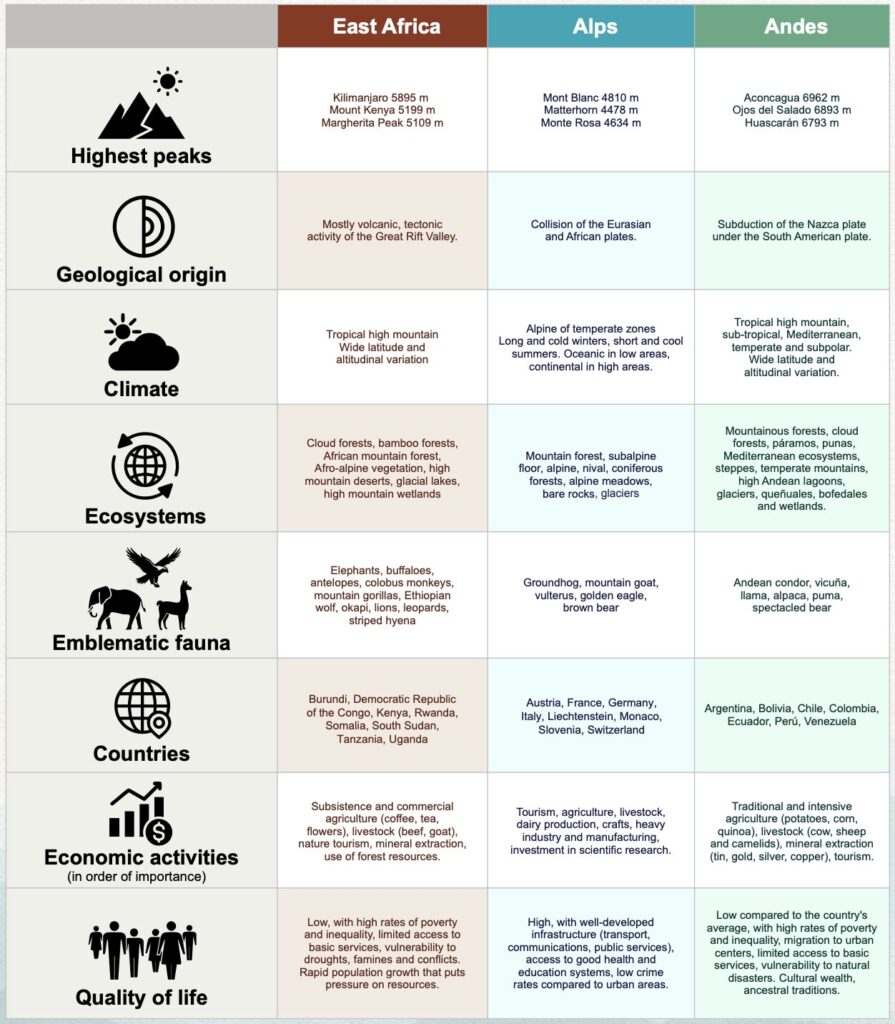
Common challenges
- Ecosystem services – food provision for the local population and large cities, water regulation, erosion control, regional climate regulation, biodiversity conservation, landscapes, recreation and ecotourism, genetic resources, energy generation, culture and spirituality, sense of identity.
- Pressures on ecosystems – climate change impacts (glacier and snow retreat, more frequent and intense extreme weather events), pollution, urbanization, land degradation, fragmentation of habitats. Both in the Andes and the Rift Mountains in Africa, deforestation, illegal mining, unsustainable livestock and agricultural expansion are the main pressures on the territory. In the Alps, mass tourism is impacting alpine ecosystems.
- Governance challenges at different scales – in the three mountain regions, the scarce inter-institutional articulation represents the main challenge. In the Alps, transnationality is a challenge for good governance, together with the development versus conservation dilemma, while in the Andes and Rift Mountains, social and socio-environmental conflicts at the local level and low community participation weaken effective governance.
- Opportunities for sustainable management in the territory – regional cooperation, biodiversity conservation, climate change adaptation measures, long-term monitoring of ecosystems, sustainable rural development, sustainable community tourism, integrated management of water resources, promotion of renewable energies and exchange and promotion of circular economy models.
A joint path: strategies for strengthening regional and interregional collaboration
Four themes were prioritized during the workshops, directed at the implementation of an interregional cooperation agenda:
- Strengthening collaboration between mountain platforms at a global level ensures learning and capacity building in sustainable management, the identification of advocacy and financing opportunities and facing common challenges
- Prioritize adaptation to climate change and its links with biodiversity conservation through Nature-based Solutions. This includes advocating for the integration of NbS within international spaces for dialogue and negotiation, and the implementation of tangible NbS projects in mountain territories.
- Ensure the full and effective participation of women in the planning and management spaces related to the mountains.
- Mobilize financial resources through the exploration of new sources of financing and strengthening alliances with the private sector for the implementation of programs or projects in mountain areas.
To address these priority thematic areas, actions were defined in three lines of work: mountain visibility, knowledge management and financing strategies.
Visibility of the mountains
- Recognize the specificities, value and transformation processes that affect mountains, both for decision-making and for socialization.
- Design and implement face-to-face joint and articulated work spaces, as well as online exchange spaces.
- Impact at different levels through education.
Knowledge management
- Identify gaps in knowledge and availability of scientific information about the interrelationship of climate change and biological diversity in the mountains.
- Develop research agendas that contribute to strengthening the understanding of the interrelationship of climate change and biological diversity in the mountains, involving academia, the State and civil society.
- Promote spaces for the exchange of experiences in research and management that strengthen knowledge of the interrelationship of climate change and biological diversity in different mountain regions of the world.
Financing
- Design a financing strategy that identifies various sources aimed at increasing the capacity to finance long-term initiatives, ensuring the sustainability of conservation, restoration and development programs in the mountains.
- Develop a cost-benefit analysis of mountain ecosystem services in the context of the effects of climate change.
- Formulate and develop projects at the regional level that address local and national needs, and that consider global agreements
Proposals for a joint roadmap
The working groups during the Bogotá meeting defined a joint framework to shape a strategic actions for 2024 and 2025, which encourages the strengthening of collective action on the world stage and develops a unified message for greater visibility of the mountain regions and impact. In a meeting with the Minister of the Environment of Colombia, Susana Mohamed, a key idea was addressed: mountain regions constitute a privileged scenario to highlight the deep connection between biodiversity and climate change. This led to identify the need to propose a Joint Action Route that leads from the COP16 of Cali in 2024, dedicated to Biodiversity, to the COP 30 of Belém do Pará in 2025, on Climate Change. To this end, a series of concrete proposals were developed.
At the Andes level:
- Proposal 1 – Promote regional cooperation of Biosphere Reserves and Mountain Natural and Cultural Heritage Sites in the Andes.
- Proposal 2 – Prepare a synthesis paper on the impact of climate change on the biodiversity of the Andean mountains and the role of biodiversity in adapting to climate change oriented to decision-making and resource mobilization.
- Proposal 3 – Strengthen the integration of mountains in the design or implementation of National Biodiversity Strategies and Action Plans, as well as National Adaptation Plans, and support processes of design and/or execution and/or monitoring of specific policies related to mountain and glacier ecosystems.
At the interregional level:
- Proposal 1 – Develop a synthesis of knowledge on biodiversity and climate change in mountain ecosystems, developing a joint policy report based on scientific information.
- Proposal 2 – United for the International Year of the Preservation of Glaciers (2025). Position glaciers and the mountain cryosphere as key indicators of climate change and mobilize resources for their protection.
- Proposal 3 – Strengthen links and science-policy dialogue between regional mountain platforms and long-term monitoring networks, regarding the impacts of climate change and ecosystem-based adaptation to focus on the formulation, implementation and monitoring of policies, strategies and plans for mountains, based on best practices and available evidence.
- Proposal 4 – Identify funding opportunities to address the interactions between biodiversity and climate change in the mountains, within global, national and private sector financing mechanisms, as well as opportunities to develop joint projects.
The upcoming Conferences of the Parties of the United Nations in Latin America, COP16 in Cali and COP30 in Belém do Pará, offer an opportunity for regional cooperation around the close link between biodiversity and climate change.
Mountains are an ideal case study to make visible the link between biodiversity and climate change. This was recognized by the mountain platforms gathered in Bogotá. On the one hand, the mountains are clearly delimited ecosystems, highly vulnerable to climate change at a global level, and at the same time they are home to great biodiversity, providing valuable ecosystem services to millions of people beyond their borders.
It is this aspect, the ability of the mountains to influence areas far from them, that has contributed to positioning them at the center of the global geopolitical agenda. The largest rivers on the planet, such
as the Amazon for example, originate in the mountains, so the global water security agenda is directly related to the protection of mountainous regions. Mountains are a strategic scenario to address the integration of biodiversity and climate change. With this approach, the Bogotá meeting proposed a joint roadmap to connect COP16 and COP30, from the perspective of the mountains. Since then, a series of
advances have been made for the implementation of this road map.
The AMI together with the Alpine Convention, the Carpathian Convention, ICIMOD, UNEP, Zoï Network, CONDESAN and other actors, has been working on a synthesis document on the conservation of biodiversity and adaptation to climate change in different regions of the world, the research carried out and the knowledge that has been generated. In addition to presenting an overview of the current situation in the different regions regarding these two aspects, the document will include a series of calls to action aimed at making the mountains visible and positioning them on the global agenda, starting from their importance as scenarios that show the links between biodiversity and climate change and the importance of considering them in global forums and discussion spaces.
Explore the activities for each proposal on pages 22-23.
Suggested citation
Morón Zambrano, Vilisa; Karen Price Rios, Luis Daniel Llambi, Alejandra Melfo. 2025. Mountains Connect Brief: Meeting of Mountain Platforms of the Alps, East Africa and the Andes: connecting Biodiversity conservation and Climate Change Adaptation. Adaptation at Altitude Programme, funded by the Swiss Agency for Development and Cooperation. CONDESAN (Lima/ Quito).

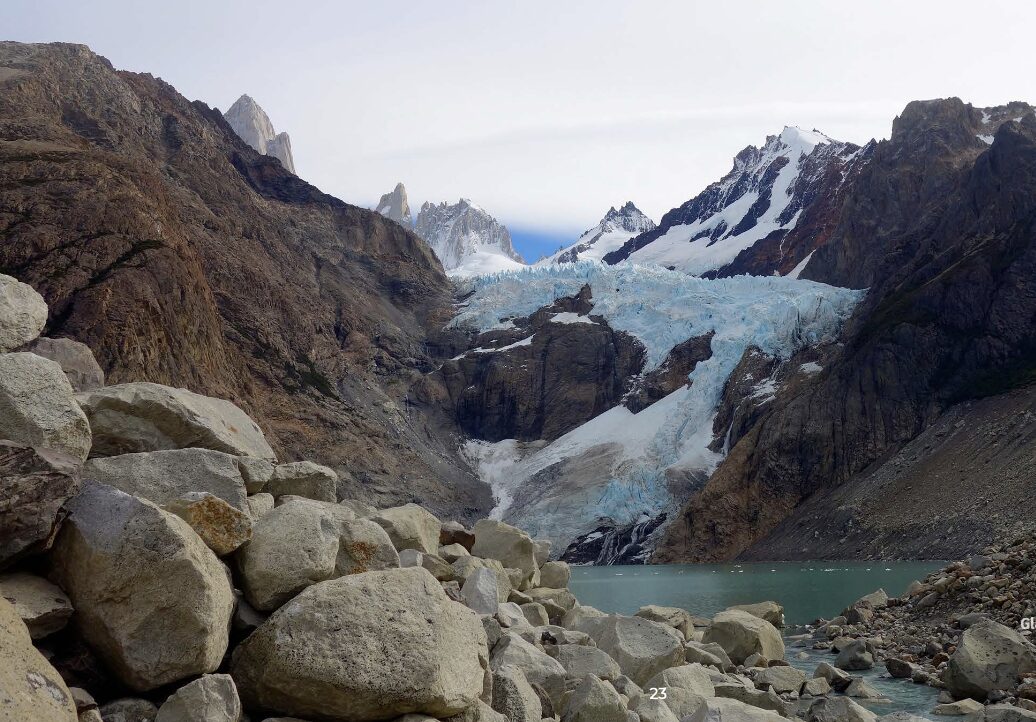
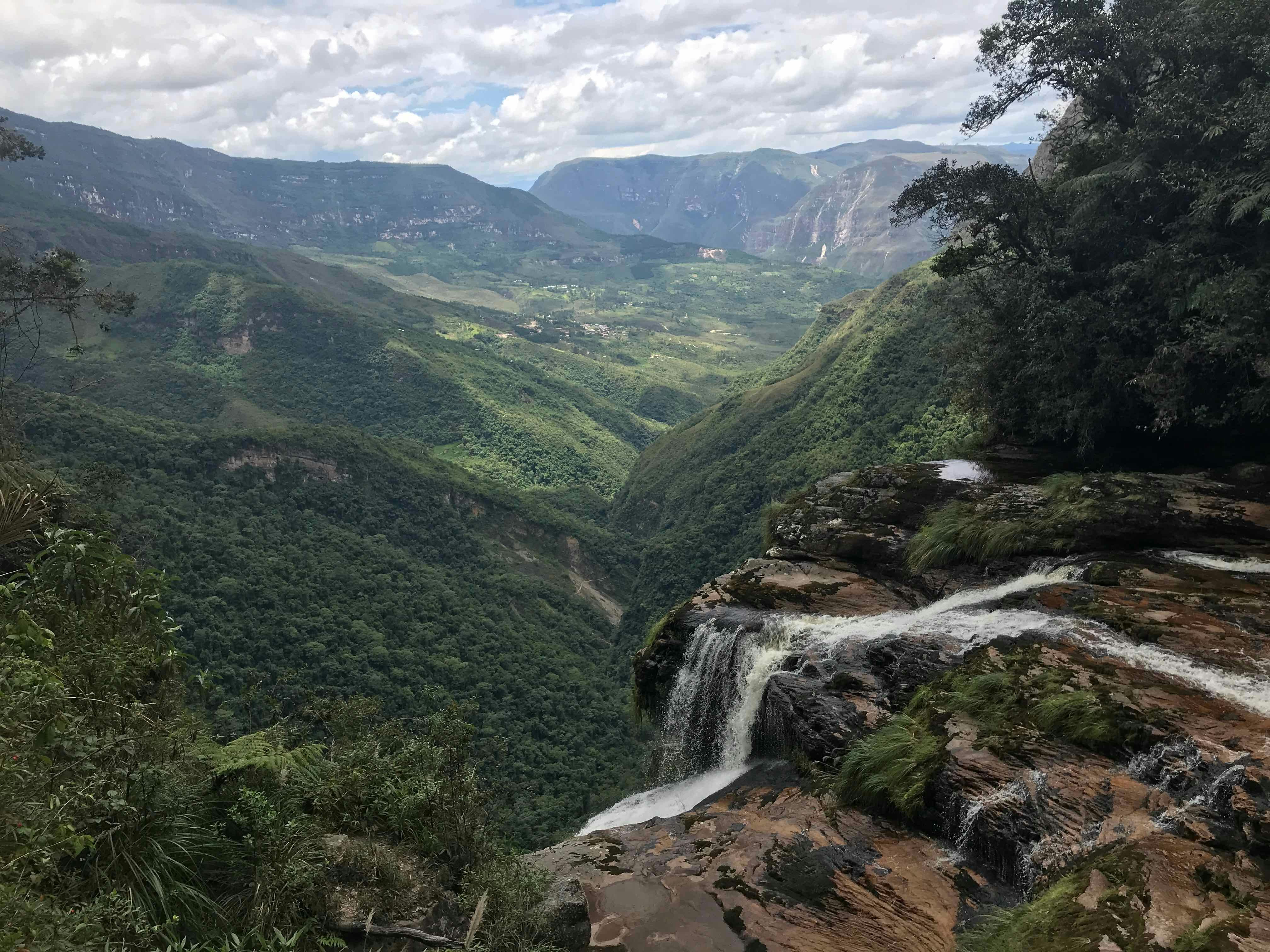
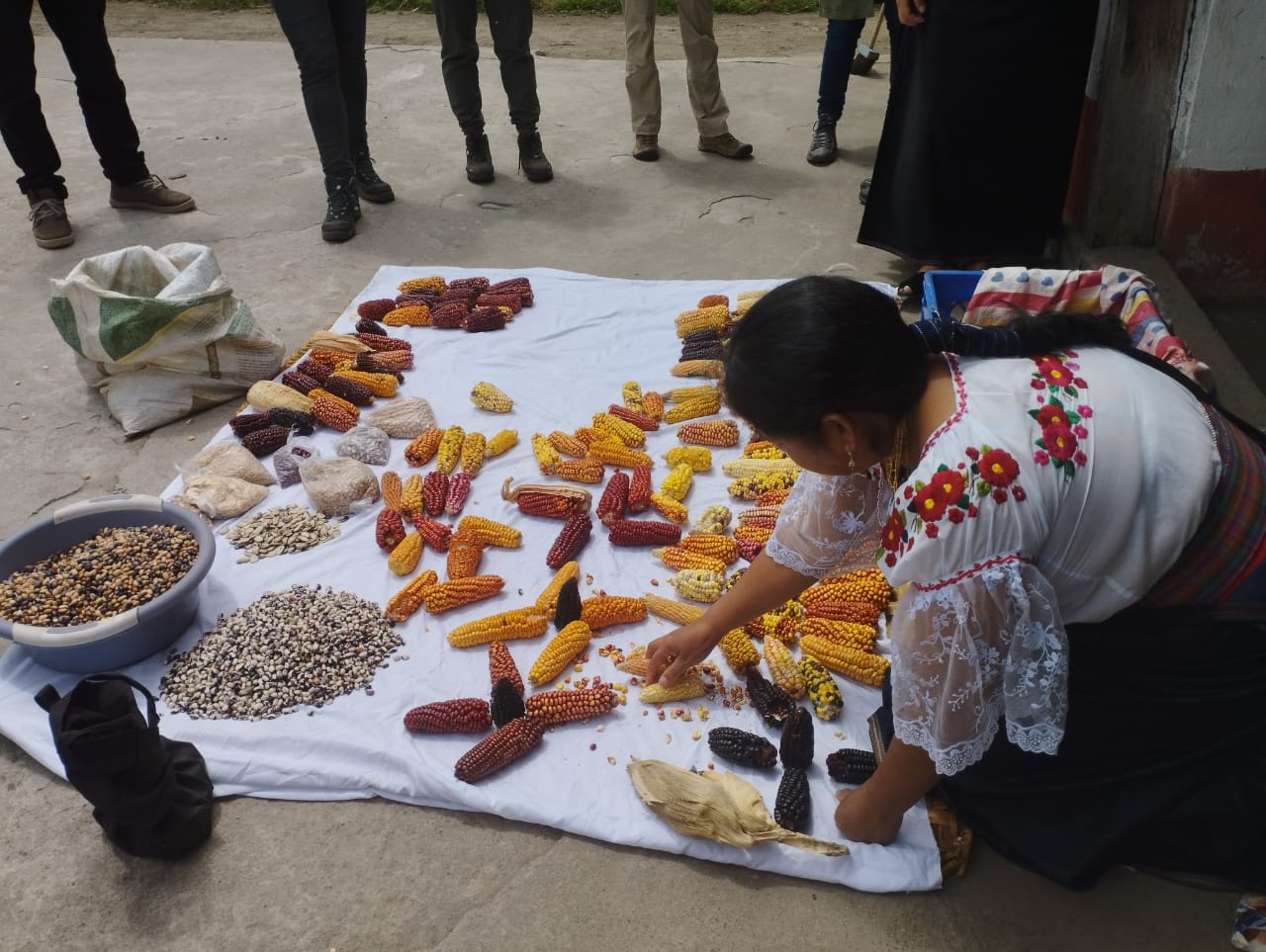

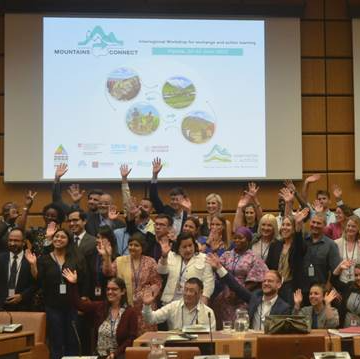
Comments
There is no content